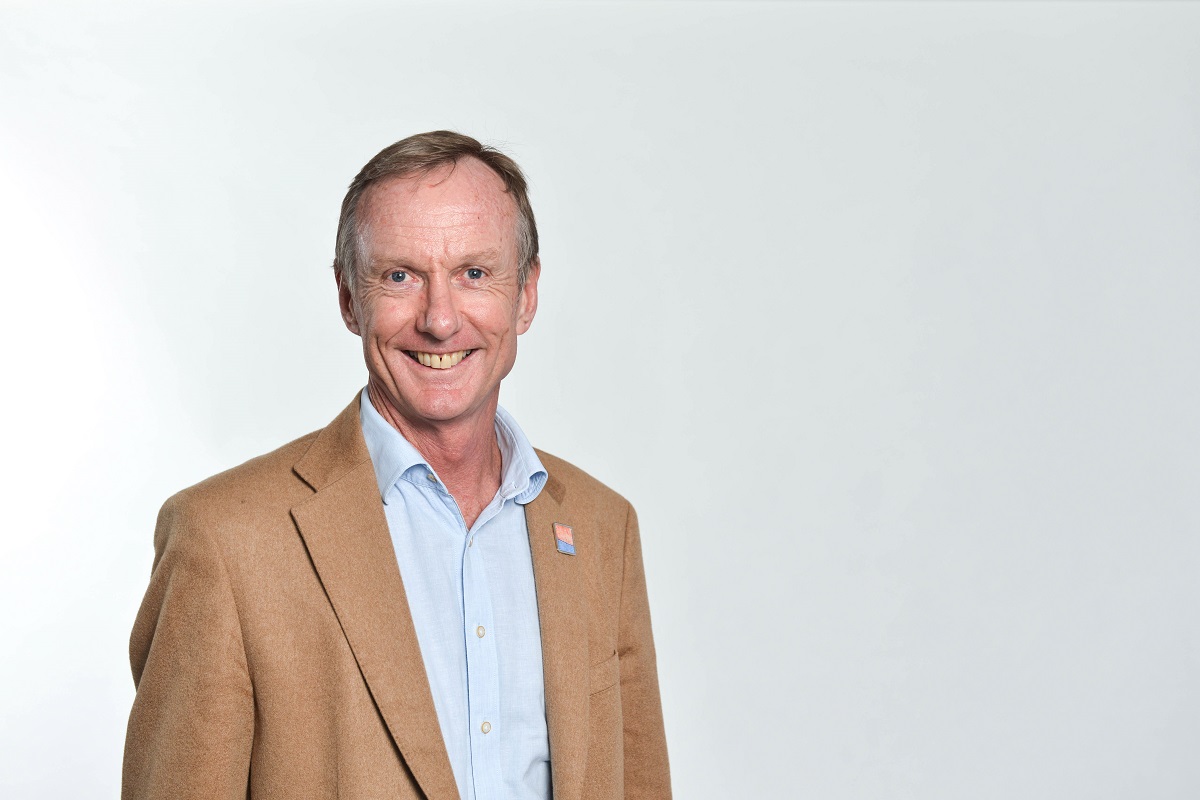
Professor Jonathan Craig, Vice-President and Executive Dean of the College of Medicine and Public Health, has written a guest introduction to honour the 50th anniversary of the Flinders University Medical Program.
It was 50 years ago, in 1974, that 64 students commenced their medical degree at Flinders. Four years earlier, the first Dean of the School of Medicine, Gus Fraenkel, was appointed. In 1976, a purpose-built academic medical centre, Flinders Medical Centre, opened as the first integrated university medical school and hospital in Australia. Now, the Medical Program has more than 700 students and is spread over 10 campuses in South Australia (including Mount Gambier, the Riverland, Murray Bridge, Barossa and Victor Harbor) and the Northern Territory (at Alice Springs, Tennant Creek, Katherine, Darwin and Nhulunbuy). This includes the unceded lands of the Arrernte, Dagoman, First Nations of the South East, First Peoples of the River Murray and Mallee region, Jawoyn, Kaurna, Larrakia, Ngadjuri, Ngarrindjeri, Ramindjeri, Warumungu, Wardaman and Yolngu peoples.
What have been some of the major achievements over those 50 years? The most fundamental is, of course, our graduates, who are leaders in research, education and clinical care in Australia and around the world. Our program is all about the students and the communities they will serve.
The foundational framework of integration between research, education and clinical care in a co-located space in Flinders Medical Centre set the benchmark for many others to follow. Joint-positions meant that research was clinically relevant, our students were educated by leading researchers, and senior clinical staff had the opportunity to train the next generation of doctors.
Transition to the first postgraduate medical program in Australia in 1996 meant a more diverse and mature student cohort. This reflects the underlying ethos of our program, which has been about equity of access since its inception, noting the importance of the therapeutic relationship between doctor and patient and the capacity to empathise and understand. The movement Flinders embraced towards postgraduate enrolment has been adopted by the majority of medical schools in Australia.
The development of a medical workforce that addresses the needs of community, especially where the need for medical care is high and access is paradoxically low (which is the inverse care law of Tudor Hart), has been another foundational principle. This has been reflected in the Northern Territory Clinical School being developed in 1996 (for a student’s final two years of study), which evolved into the four-year Northern Territory Medical Program in 2011. Similar expansion in South Australia occurred in parallel, resulting in 10 campuses across both jurisdictions.
It is striking how much the communities value ‘their’ medical students, seeing them as pivotal to the sustainability of their communities, with a contribution not just limited to physical health. A community-embed medical workforce is seen as necessary to the viability of communities. Again, this model of training – to educate where the future workforce needs to work – is now replicated in other medical schools across Australia and globally.
The development of Aboriginal and Torres Strait Islander medical graduates has been an emergent achievement. This is most visible in the NT, where 20% of our graduates through the postgraduate pathway have been Aboriginal and/or Torres Strait Islanders, reflecting success of our prioritised entry stream.
What does the future hold? We are in the midst of another growth period. A medical school in rural South Australia has been supported by the Commonwealth, and planning is underway to host about 40 first-year medical students in one or two sites from 2025. The Northern Territory program is also expanding.
We are committed to increase the number of Aboriginal and/or Torres Strait Islander medical graduates even more. We are committed to develop the educational and research capacity of our clinical educators across our footprint, and we have ambitions to grow our research and its impact, making a difference to the lives of Australians well into the future.


